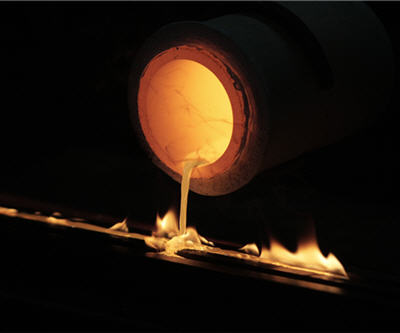
On Thursday the price of gold touched an 8-month low after four straight days of selling on the back of weak precious metals sentiment and a strong dollar.
In late afternoon trade on the Comex division of the New York Mercantile Exchange gold for December delivery was changing hands for $1,240.90 an ounce, after earlier in the day hitting $1,235 an ounce, levels last seen early January.
After hitting a high of $1,380 in March, gold’s retreat accelerated during the third quarter with a loss of 4% so far in September alone. Gains since the start of the year are now less than 3%.
Gold investors are worried that the Federal Reserve will signal a more hawkish stance at its policy meeting next week with at least one bank bringing forward its forecast of the first interest rate hike in the US.
Bank of America Merrill Lynch is now forecasting the first rate increase to occur in June 2015, and not September 2015, its earlier estimate. The last rate-hike cycle in the US was mid-2004 to mid-2006.
Higher interest rates and bond yields raise the opportunity costs of holding gold because the metal is not income producing.
Higher rates also boost the value of the dollar which usually move in the opposite direction of the gold price. The US dollar on Thursday traded at near 14-month highs against a basket of currencies and came close to reaching a 6-year high against the yen.
Even with the dramatic sell-off on precious metals markets last year and 2014’s many false starts, an ounce of gold is still worth nearly 50% more than before the US central bank embarked on its stimulus program.
The first quantitative easing program which floods markets with easy money was announced by previous Fed chairman Ben Bernanke in December 2008 when an ounce of gold cost $837.50.
Factors that could work in gold’s favour for the remainder of the year is the real possibility of a sharp correction in US equities, better than expected buying in top consumer India ahead of the traditional gold-buying festival and wedding season, and a return of safe haven buying if the situation in Syria and Iraq deteriorates further and the ceasefire in Ukraine proves to be short-lived.